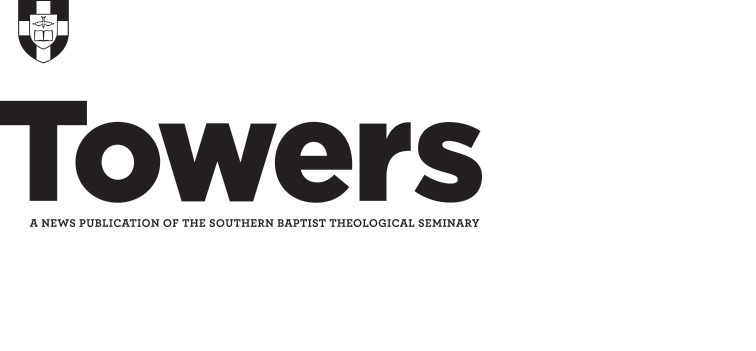Although the name George Whitefield is not readily associated with Christian hymnody, he left his own mark on one of the most famous Christmas carols, penned by his friend and contemporary, Charles Wesley.
The Wesleys had an enduring friendship and connection with Whitefield, beginning with their Oxford “Holy Club,” followed by separate missionary journeys to America, and a call to open-air field preaching in England. During the earlier years of that association, the Wesleys published some of their most enduring poetry, especially in the first edition of Hymns and Sacred Poems (1739). This collection included “And can it be” — deeply inspired by Charles’ conversion in 1738 — “Christ the Lord is risen today,” “Commit thou all thy griefs,” “Jesus, thy boundless love to me,” and a Christmas hymn with a curious text:
Hark how all the Welkin rings
Glory to the King of Kings.
A modern reader might see the words “welkin rings” and immediately gravitate to something out of J.R.R. Tolkien. “Welkin” actually means “sky” or “heavens” — it was a common term in English poetry in that era. Wesley may have been inspired specifically by a poem of William Somerville about fox hunting, called “The Chase” (1735):
The welkin rings, Men, Dogs, Hills, Rock, and Woods
In the full consort join.
Hymn scholar J.R. Watson explains:
To have altered Somerville’s lines would have been in keeping with Wesley’s habit of appropriating images from other poems and using them to proclaim the gospel. Here the cries of the huntsmen and hounds become the sounds of the multitude of the heavenly host, praising God, and saying, “Glory to God in the highest.”1
As clever as Wesley’s lines may have been, they failed to resonate with some worshipers, including his friend Whitefield. In 1753, the same year Whitefield began construction on the Tabernacle church, he compiled his own hymnal, Hymns for Social Worship. It included 21 hymns from the Wesleys, including the Christmas hymn, but with a significant alteration:
Hark! the Herald Angels sing
Glory to the new-born King!
Whether Whitefield had permission to make that change or if he consulted with the Wesleys is unclear, but it stuck. In fact, the Wesleys incorporated the change back into their own collections, starting with A Collection of Hymns for the Use of the People Called Methodists (1780).
Over time, the hymn has absorbed other alterations, but Whitefield’s is the most recognizable. In 1904, the editors of Hymns Ancient & Modern (one of the most influential hymnals in England) somewhat infamously changed the text back to “welkin rings;” they were so soundly ridiculed that the next edition returned to “herald angels.”2
If Whitefield had avoided altering the poetry of Charles Wesley, perhaps more English speakers today would recognize the word “welkin,” or perhaps equally as likely, our churches would have passed over this Christmas carol long ago and let it fade into obscurity. We’ll never know, but God be praised for Wesley, Whitefield, and tunesmith Felix Mendelssohn, who have crafted a hymn of incarnation worthy to be declared from decades past through decades to come.
The staff of the Archives and Special Collections in the James P. Boyce Centennial Library can advise those interested in further access to resources related to Whitefield, the Wesleys, and hymnology.
Endnotes
1 J.R. Watson, “Welkins,” Hymn Society of Great Britain and Ireland, Bulletin, July 2000, 80.
2 Timothy Dudley-Smith, “Hark! the herald angels sing,” Canturbury Dictionary of Hymnology, http://www.hymnology.co.uk/h/hark!-the-herald-angels-sing




